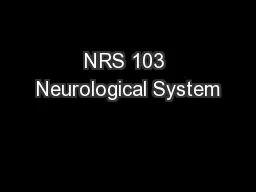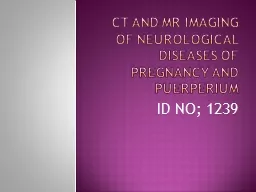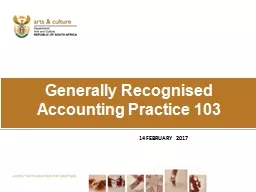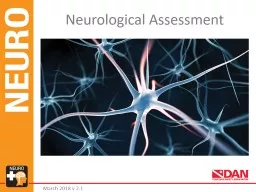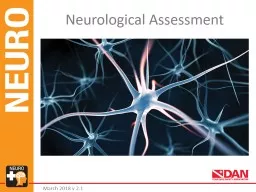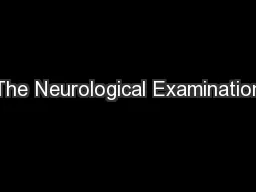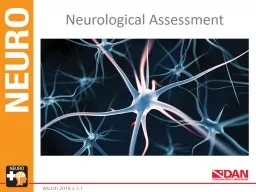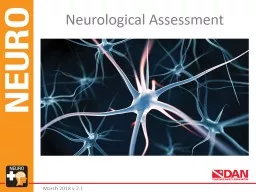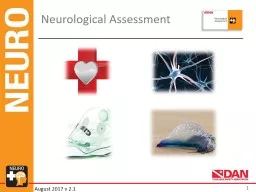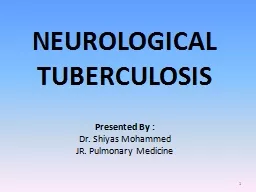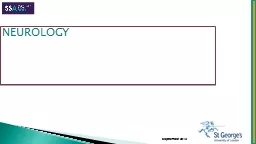PPT-NRS 103 Neurological System
Author : conchita-marotz | Published Date : 2016-03-03
Lecture 4 Chapter 15 Nancy Sanderson MSN RN Concept Overview Intracranial regulation Mechanisms that facilitate or impair neurologic function Interrelationships
Presentation Embed Code
Download Presentation
Download Presentation The PPT/PDF document "NRS 103 Neurological System" is the property of its rightful owner. Permission is granted to download and print the materials on this website for personal, non-commercial use only, and to display it on your personal computer provided you do not modify the materials and that you retain all copyright notices contained in the materials. By downloading content from our website, you accept the terms of this agreement.
NRS 103 Neurological System: Transcript
Download Rules Of Document
"NRS 103 Neurological System"The content belongs to its owner. You may download and print it for personal use, without modification, and keep all copyright notices. By downloading, you agree to these terms.
Related Documents

